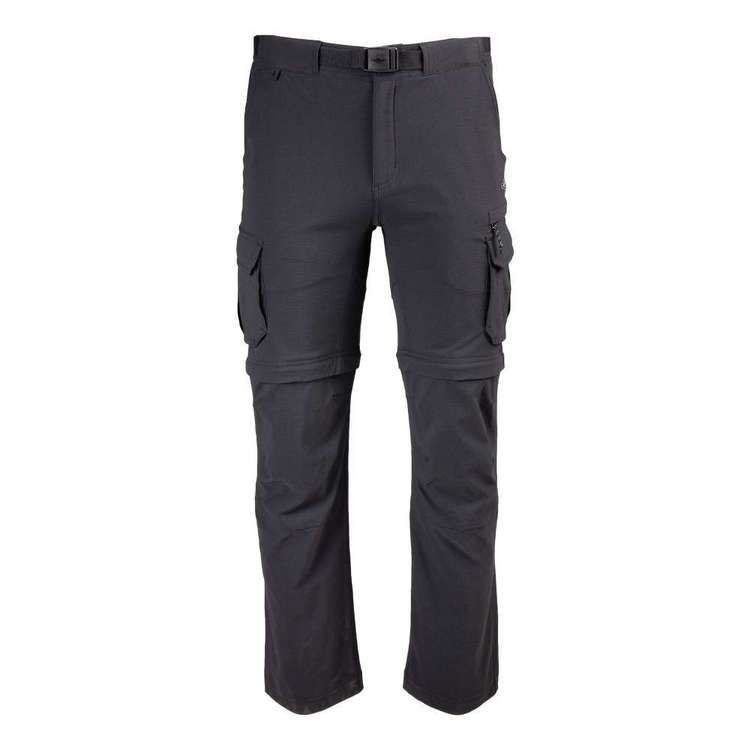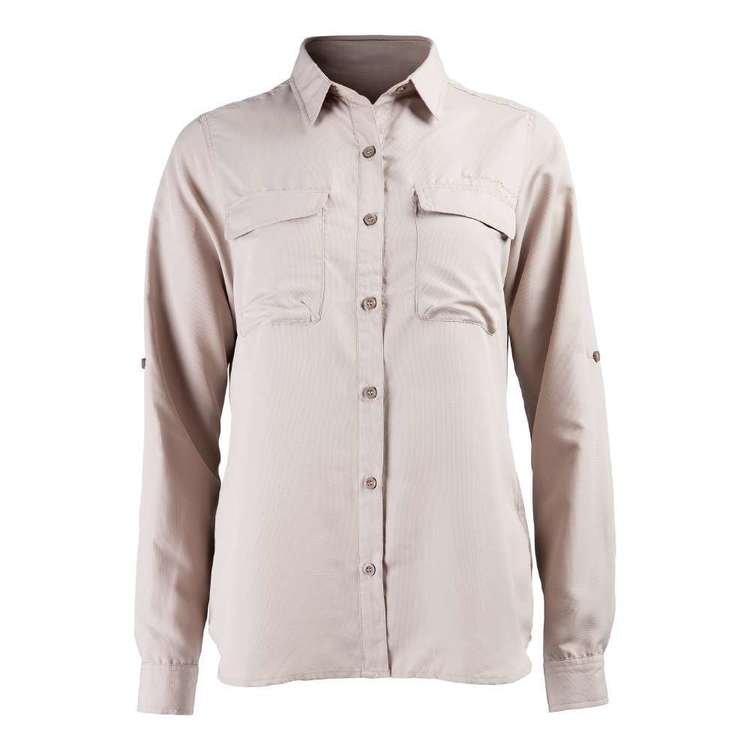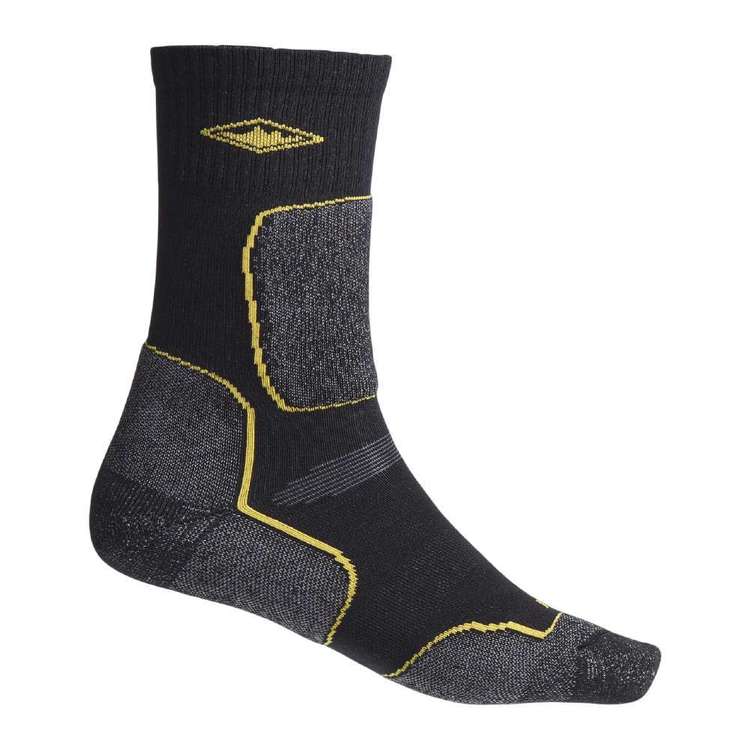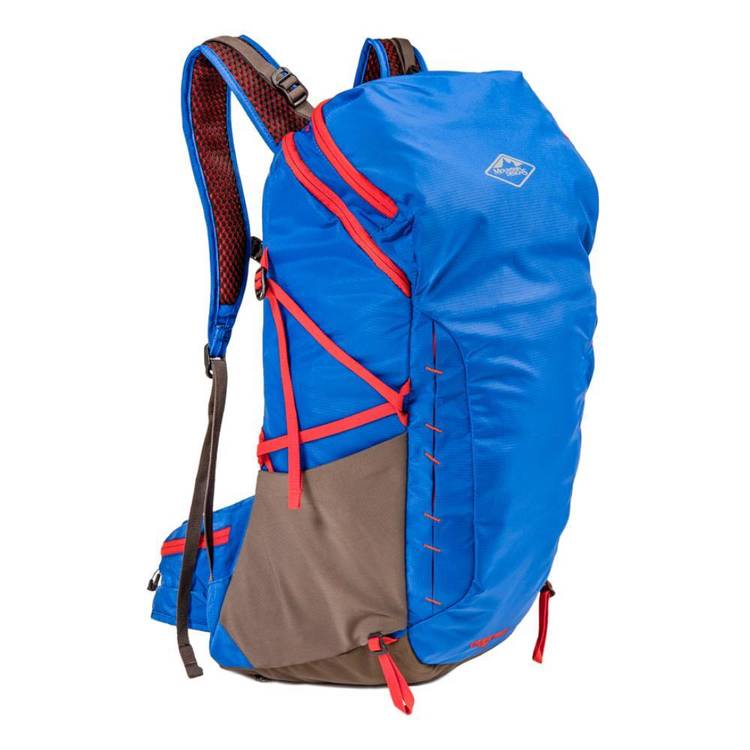| Your browser is not supported. | ||
|
Please browse our site using any of the following options:
| ||
Beginners Guide to Hiking
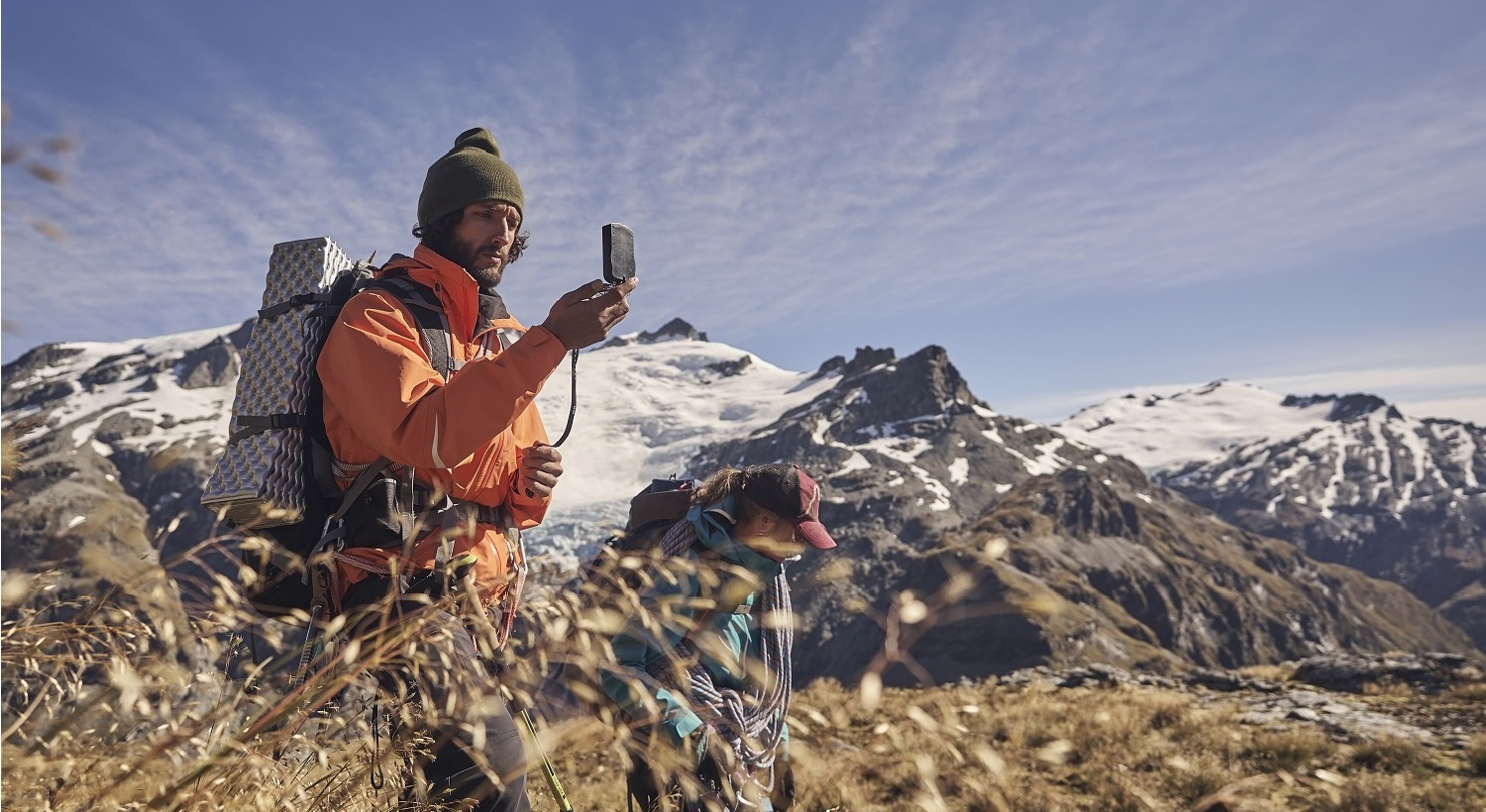
With winter soon upon us, some of you may be snuggling up indoors away from the cold. For the more adventurous, however, winter is a great time to get into the great outdoors. The Australian wilderness provides some incredible places for cold-weather hiking but if you've never hit the trails before, working out where to get started can be confusing. So we've compiled this Beginner's Guide To Hiking to help you prepare – simply follow these 10 basic tips to ensure you are safe, comfortable and have plenty of fun no matter where you head.
1) Decide how long you are going to hike for
This is a beginner's guide to hiking so these tips are more for a day hike than marching along the Great Ocean Walk. So pick a hike based on how much time you have – are you trekking from sunrise to sunset on a Saturday or are you just fitting in few hours mid-week?
2) Decide if you'll be hiking with a friend/group or rolling solo
A solo hike gives you a great opportunity to get lost in your own thoughts while enjoying the nature around you but it is also more dangerous should any trouble arise. For your first hiking experience, buddy up with a friend or group for a great bonding experience.
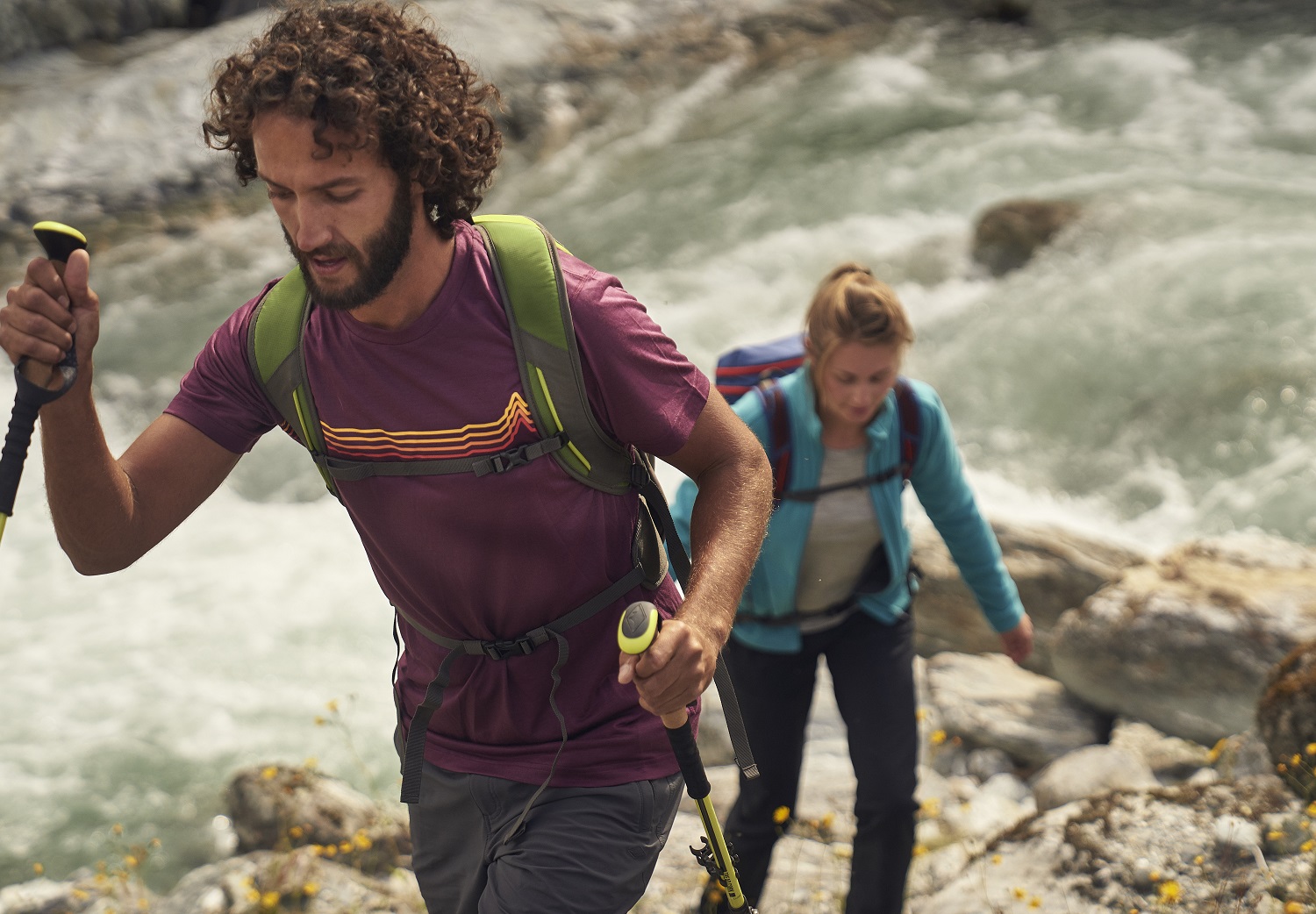
3) Determine your starting level
For the rookie hiker, we don't recommend starting off with a day out in unmapped territory. Slow and steady will win this first race, so start with a marked trail that has clear directions back to your car or home.
4) Pick your hiking location
Google the closest national park or ask your friends and co-workers if they know any good spots. Do some research on what to expect on your hike.
5) What to wear
It's all about layering:
Base layer – Choose a 'technical' fabric like moisture-wicking polyester or wool, rather than cotton, because they are lightweight, comfortable in warmer weather, and retain less sweat and fewer odours. Thermals are a great option.
Pants or shorts – Convertible pants are popular because you can zip off the lower portion when things heat up.
Footwear – Full-cut boots or mid-cut boots are the traditional choice for backpackers. Some adventurers prefer trail runners but we advise against tennis shoes and athletic sneakers as they are not durable enough to handle the rigours of roots and rocks on trails.
Socks – Again, avoid cotton. Wearing it on the trail is a guarantee for blisters. Choose wool or synthetic socks in a weight or thickness compatible with your footwear.
Headwear - Wide-brimmed hats, caps, bandanas, whatever protects you from the harmful UV rays of the sun.
Outerwear – Not a prerequisite but if you can fit it, a rain jacket or insulation jacket is good preparation for if forecast weather turns, and will keep bugs and early-morning or late-afternoon chills at bay.
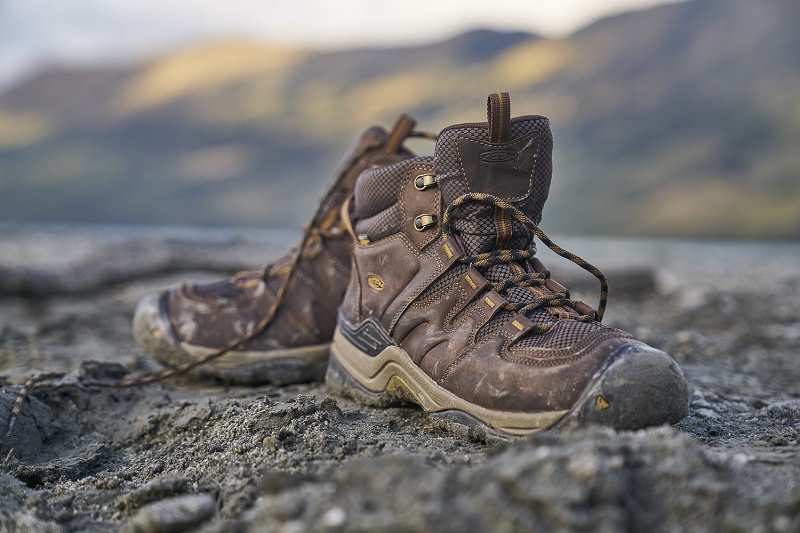
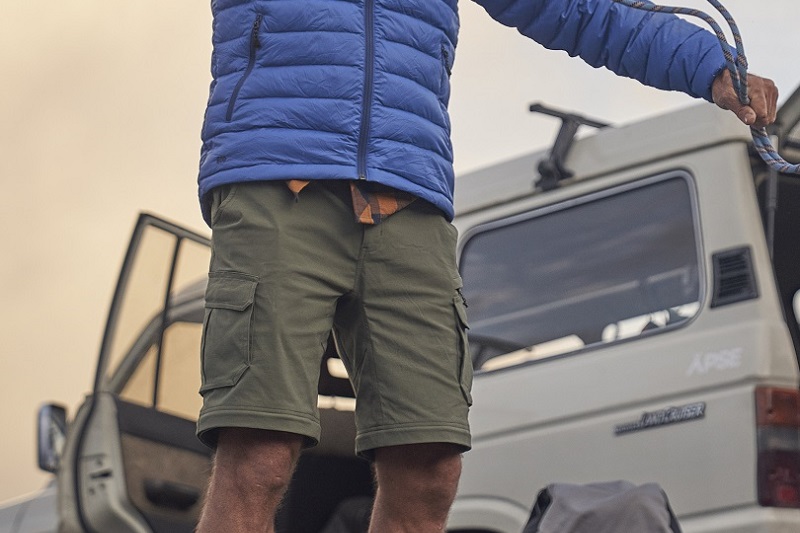
6) What to pack
Your gear list depends on the length of your hike, and the weather and conditions you are expecting. Some recommended essentials include:
Some sort of small backpack – Save your money for the 75L+ technical hiking pack when you have a bit more experience. Starting out, you simply need something that is sturdy enough to hold your gear and keep it safe from the elements. We have a great range of day packs designed exactly for this.
Fully-charged mobile – Yes, we know you are trying to disconnect from 'the grid' but a phone can bail you out if you run into trouble. And if you have a smart phone, you probably have a camera, compass, distance tracker, GPS mapping and maybe a soundtrack too.
Sunscreen – If you know anything about the Australian outdoors, a high SPF-rating sunscreen is a no-brainer. Waterproof is even better to keep your face, neck and arms protected once you start sweating.
Insect repellent – There's nothing more irritating than returning home with arms and legs covered in bites.
First aid kit – This first-aid kit should include Band-Aids and moleskin for blisters and cuts, some type of disinfectant for cuts and scrapes, and maybe a bandage or two just in case.
Pocket knife – A handy tool that often provides a solution you hadn't thought necessary.
Sunglasses – Leave the fancy designer sunnies at home and slip on your cheaper ones. Either way, protect your eyes from the harsh glare of the sun.
7) What to eat
If you're out for the day then a packed lunch is probably required but if you just need some snacks for energy, we recommend the following:
Nuts – Almonds or walnuts are loaded with healthy fat and protein.
Water – Take enough water to keep you hydrated throughout your adventure. 1-2 litres should do. And remember, hydration starts the day before so drink up before bed.
Fruit – Apples, bananas, oranges, whatever your taste, fruit is a good option for sugars.
Bread and spread – If you're a bigger eater, throw in a loaf of bread and your favourite spread.
Beef jerky – Lots of protein, easy to pack and keeps well.
8) Aim for the high ground
Hiking to the top of a mountain or the high point in town offers your best views, and a great halfway point to stop, eat some lunch and rest. One piece of advice on heading back down – shorten your stride and take care to land on the balls of your feet to soften impact.
9) Check for ticks
If you're traipsing through thick bush, check yourself for ticks. Once home, take a shower with hot water and soap immediately in case you encountered any poisonous plants or other nasties.
10) Look after the earth
No-one will clean up after you on your hike. So remember the saying – ‘take only pictures, leave only footprints’.
Now you're trek-ready, get hiking!
